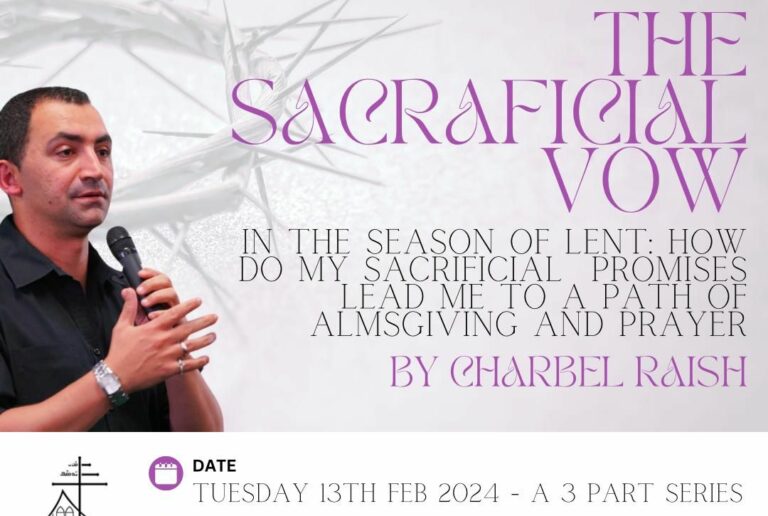This article first appeared at: stpaulcentre.com
When a man and a woman discern the vocation of marriage, they move from a private promise to each other—I am my beloved’s, and he is mine—to a public engagement. They approach the Church, at least six months before their hoped-for wedding date, to formalize their commitment. They prepare by learning more about what the Church teaches regarding marriage, for “marriage introduces one into an ecclesial order, and creates rights and duties in the Church between the spouses and towards their children” (CCC 1631). When they marry they do not simply become a churchgoing couple but are an integral part of the mission of the Church based on their sacramental union.
When bride and groom state their vows as freely consenting adults, they confer the sacrament of Matrimony on each other (see CCC 1623). They consent to live their vocation in conformity to the Church’s teaching, and the priest receives their consent and blesses them on behalf of the Church. This is more than a special blessing: It is nothing less than the epiclesis of the Holy Spirit, which bride and groom receive “as the communion of love of Christ and the Church” (CCC 1624).
It is most fitting for the couple to say their vows in the midst of the Mass, celebrating both sacraments of union and Communion. Mass is the life-giving sacrifice of the Bridegroom for his bride, the Church, to strengthen her faithfulness and fruitfulness. Likewise, the newly married couple pledge themselves to each other in faithfulness and fruitfulness. They approach the inner sanctum of the marriage bed, ready to receive the gift of the other in joy and purity and to receive children, should God bless their union with new life. This is their covenant renewal of union and communion, which strengthens their faithfulness and fruitfulness.
Embracing the commitment of marriage entails embracing God’s design for the act of marriage. Committed men and women know the value and joy of that act. They give themselves solely to their spouses and thereby experience God’s beautiful design for sexual intercourse: It strengthens their bond of love, gives deeply peaceful and joyful expression to their love and makes them cooperators with God in the creation of new life.
If you talked about consecrated wine, you would not describe it as really good wine. Even if you said it was great wine, you would miss the mark. Why? Because consecrated wine is holy, consecrated for sacred use. Similarly, the marriage act reveals that our bodies are consecrated for sacred use. The husband as priest of the home is received into the temple of his wife’s body; they reflect the unity conferred on them through the sacrament. This is why the act of marriage is saved for marriage: It is holy.
In the committed relationship of marriage, the act of marriage bonds and blesses husband and wife.
Africa and the Early Church: The Almost-Forgotten Roots of Catholic Christianity
– Mike Aquilina – Emmaus Road (Paperback)
When we survey the history of the Faith, it is undeniable that the lands of northern Africa were profoundly influential in the development of early Christianity. The faith arrived early in Ethiopia, Sudan, Egypt, Libya, and the territories we now call Eritrea, Morocco, Algeria, and Tunisia. African Christians made decisive contributions in theology, liturgy, biblical studies, and culture. With the Arab invasions of the seventh and eight centuries, much of this history was lost to Europe, though the marks of ancient influence remained.
Africa and the Early Church: The Almost-Forgotten Roots of Catholic Christianity uncovers that lost history for interested modern readers, telling the story as much as possible in the words of the great figures in antiquity. To acknowledge these Christians and their churches is to complete the historical picture—and to remember what was once common knowledge.










Recent Comments